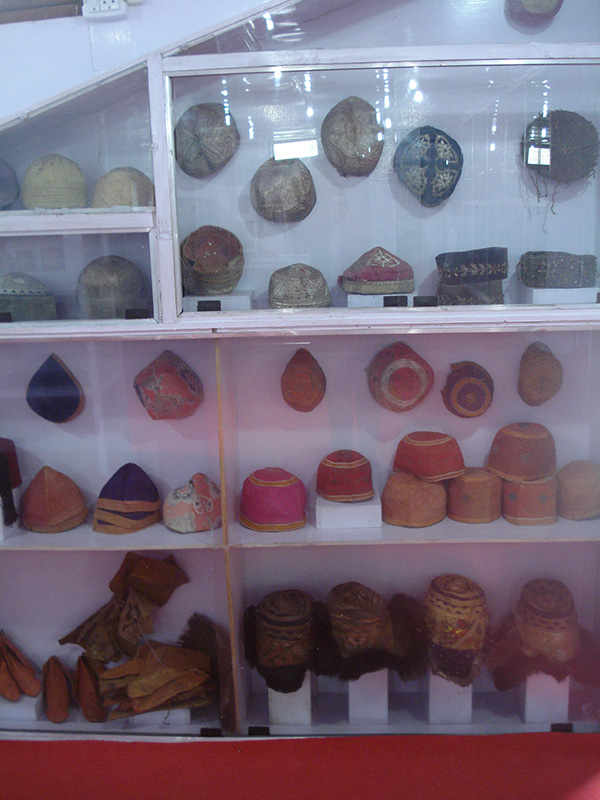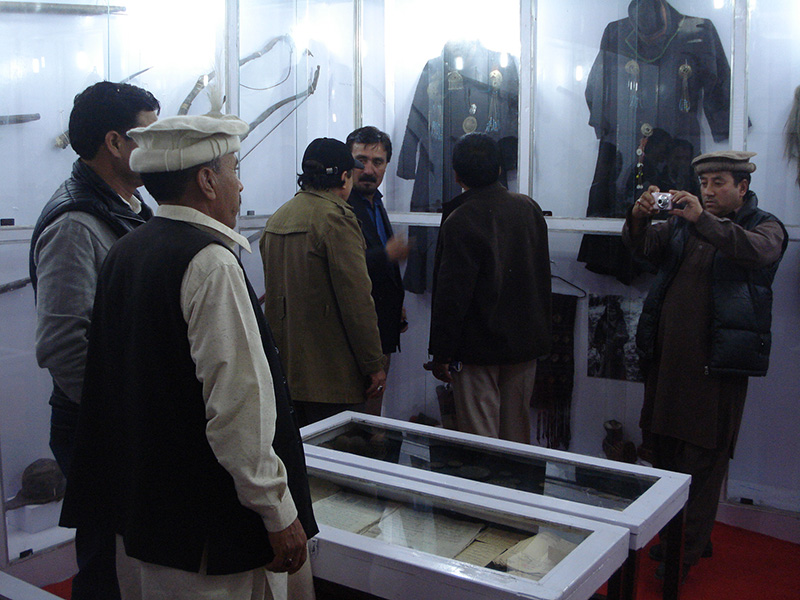Latika Gupta




Grant Period: Over four months
Latika Gupta’s interest in the Kargil region began a few years ago when her sister Radhika Gupta was working on her doctoral dissertation — Piety, Politics and Patriotism in Kargil, India. Latika visited Kargil while her sister was there on fieldwork and became familiar with the region. Latika’s own doctoral thesis focuses on the material culture and intangible heritage of the trans-Himalayas, especially Ladakh and Spiti. This Museum Fellowship will give Latika the opportunity to further her own academic research in the subject as well as widen her professional experience as a curator.
Latika has been working as an independent curator since 2007. Her two major exhibitions include Homelands- A 21st century story of home away, and all the places in between, an exhibition of contemporary art that she curated from the British Council collection, which toured cities in India, Pakistan and Sri Lanka (2013-14); and a large scale historical exhibition of modern and contemporary art that she curated from the NGMA collection (2009).While the first exhibition explored the multifarious modes through which concepts like identity are constructed, the second was a chronological narrative of the historical development of modern Indian art from the end of the 19‘h century until the 1980s.
This museum fellowship will give Latika the opportunity to relook at the vast number of objects from the ethnological museum in Kargil, and contextualise them in such a way that it will reflect historical moment of the place, both in terms of space and time. The very strategic location of Kargil, close to the India/Pakistan border, made it an important trading centre along the Silk Route, from Turkey to China via Afghanistan in the 18th and 19th centuries. Today, Kargil conjures images of conflict and strife along the border of India, rather than the plurality of cultures there.
The Kargil Museum, which is a family-run museum, currently has about 3500 or so objects out on display, while a large number of them are in storage. Most of the objects in the museum initially came from the sarai that was built by Munshi Aziz Bhat in 1920 (the grandfather of the Munshi brothers, who founded the museum). The sarai served as a resting place for traders along the Silk Route. Munshi Aziz Bhat was himself a successful tradesman who collected objects that were bartered by other traders along the Silk Route. This collection of objects lay locked up in the sarai, unnoticed and forgotten for half a century. The objects were discovered in the late 1990s when there were plans afoot to bring down the sarai and construct a shopping centre in its place. The artefacts that were discovered included a rich collection of personal and trade correspondence in the form of telegraphs, revenue records and letters, imported personal use items (such as soap, razor blades, buttons), local and imported medicines, coins and currency, hookah pipes from Yarkand, rugs from Kasghar, a range of textiles and clothing items including raw silk from China, natural dyes and dye boxes, costumes, jewellery, shoes and ammunition; cotton cloth, leather skins bells and saddles. In addition to the artefacts that were retrieved from the rest house (eksarai), the collection has steadily grown over the years to include handwritten Korans and Tibetan manuscripts, tapestries, and photographs.
Over a period of four months, Latika will spend time in Kargil working with these historical objects. She will then come up with an exhibition which will combine historicity with a thematic that is informed by the cross cultural exchanges along the trade routes, together with the rich cosmopolitan history of the region. Latika’s research will include using resources like libraries both in Ladakh and Delhi, archives, as well as interviewing local people to put together an oral history of the place with a focus on object histories. The end result will be an exhibition, (which will also form the permanent display at the Kargil Museum) which will open end August/early September 2014.
